Hmong patterns recognised as national intangible cultural heritage
Traditional textiles patterns of Hmong ethnic people in Sa Long commune, Muong Cha district, the northwestern province of Dien Bien, have been recognised as national intangible cultural heritage.
 |
A group of Mong Hoa women embroil patterns on cloths. (Photo: VNA)
The local Hmong community, known as the Mong Hoa group, uses handicraft textiles’ motifs and patterns to represent their social life, culture, history and aspirations. They believe costume patterns help them communicate with deities to pray.
The patterns in cross, triangle or lozenge shapes, among others, are made by sewing cloths of different colours, by embroidery, or by encaustic painting.
Chang A Lu, Vice Chairman of the People’s Committee of Muong Cha district, said the recognition brought joy to a community that has been working to preserve its cultural identity.
He noted it could help promote community-based tourism in the locality.
Dien Bien is now home to six national intangible cultural heritages.
The Hmong are the eighth largest minority group in Vietnam with a total population of about 600,000. They belong to the Sino-Tibetan language family and specifically the Hmong - Dao language group. They migrated from Southern China into North Vietnam over the last 250 to 300 years. They have mainly settled in the remote, mountainous areas of the North West , near the Lao and Chinese borders.
The Hmong minority group has been sub-pided into branches classified by women's costume, dialect, relationships and customs./.
VNF/VNA
Recommended
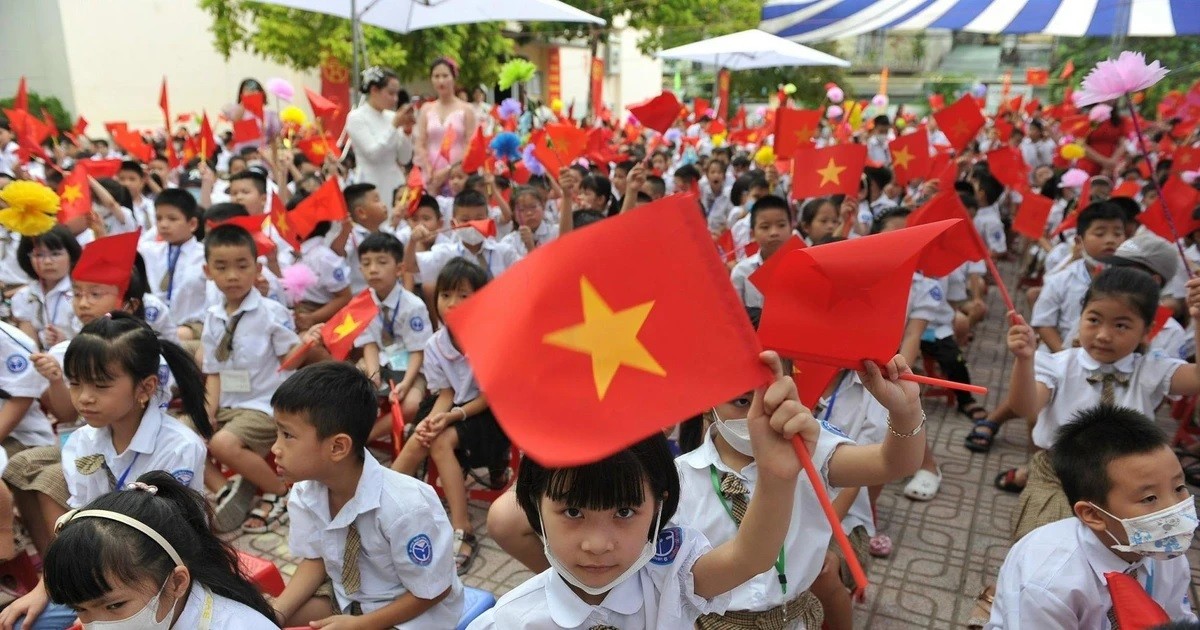 Viet's Home
Viet's Home
Vietnam's Human Development Index Remains High
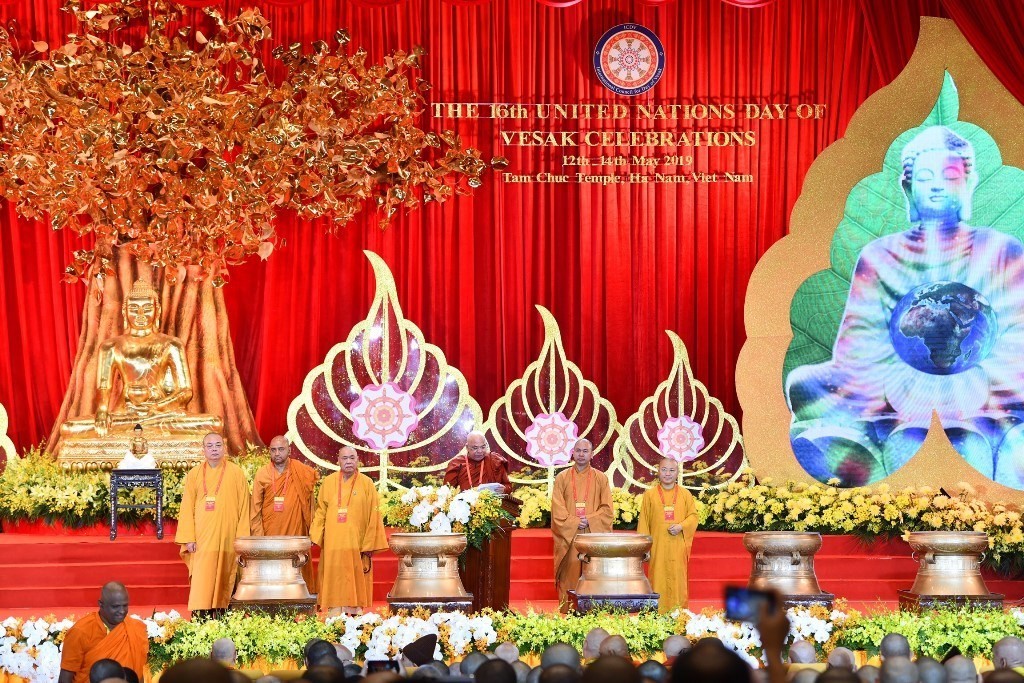 Viet's Home
Viet's Home
Vietnam’s Mark on UN Day of Vesak Celebrations
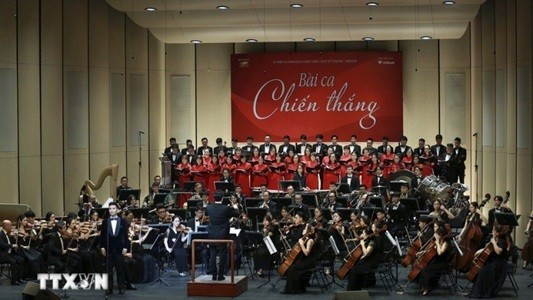 Viet's Home
Viet's Home
Art Program Spreads Message of Peace Worldwide
 Expats in Vietnam
Expats in Vietnam
Look Forward to New Developments in Vietnam - US Relations
Popular article
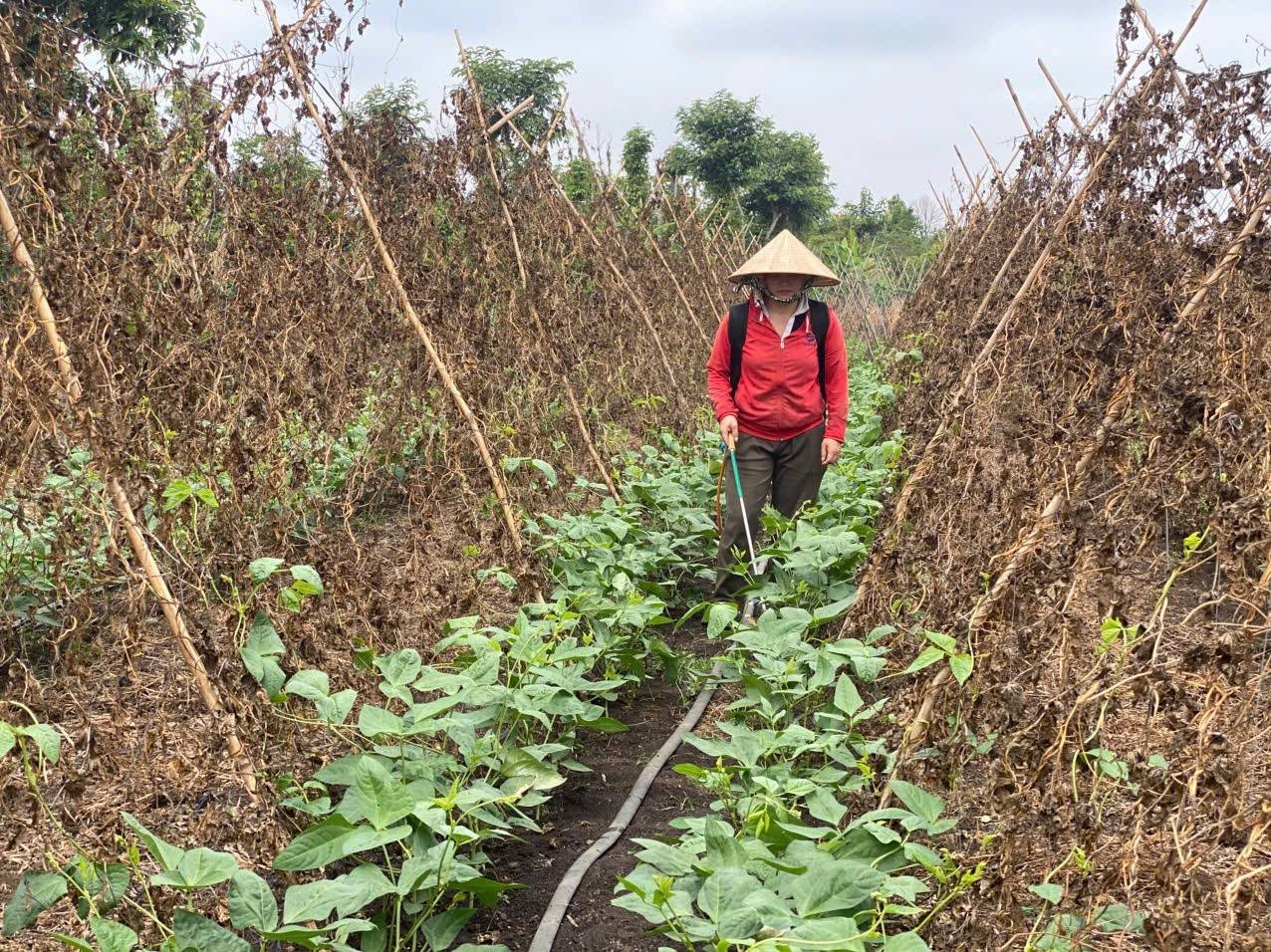 Viet's Home
Viet's Home
She Feeds the World: 8,000 Individuals Adopt More Sustainable Agricultural Practices
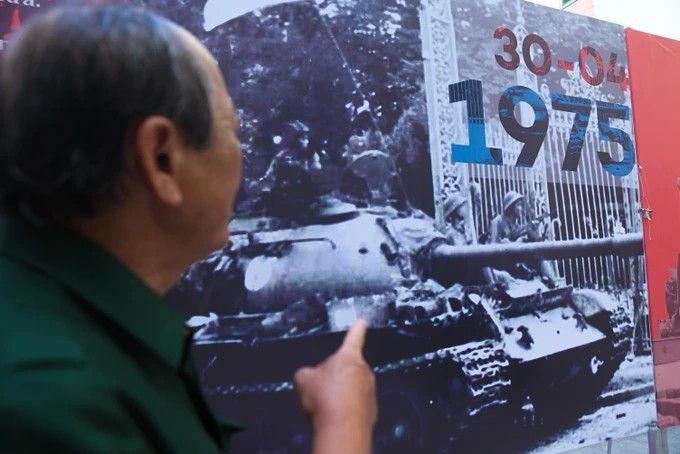 Viet's Home
Viet's Home
Over 200 Valuable Documents Displayed at 'Mountains and Rivers Connected One Strip' Exhibition
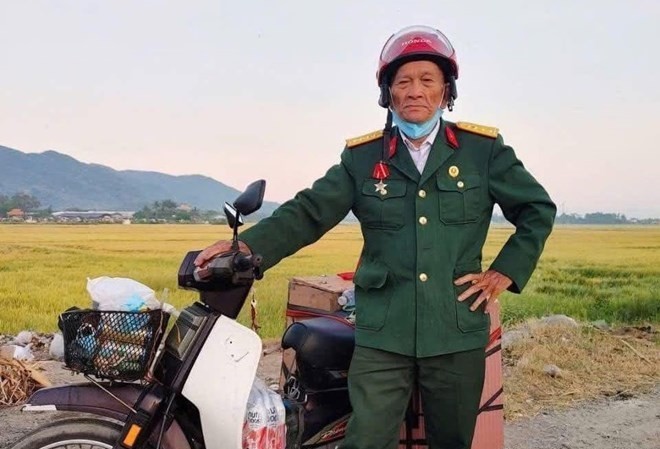 Viet's Home
Viet's Home
Latin American News Agency Prensa Latina Shares Story of Vietnamese Veteran’s 1,200km Journey Back to Former Battlefield
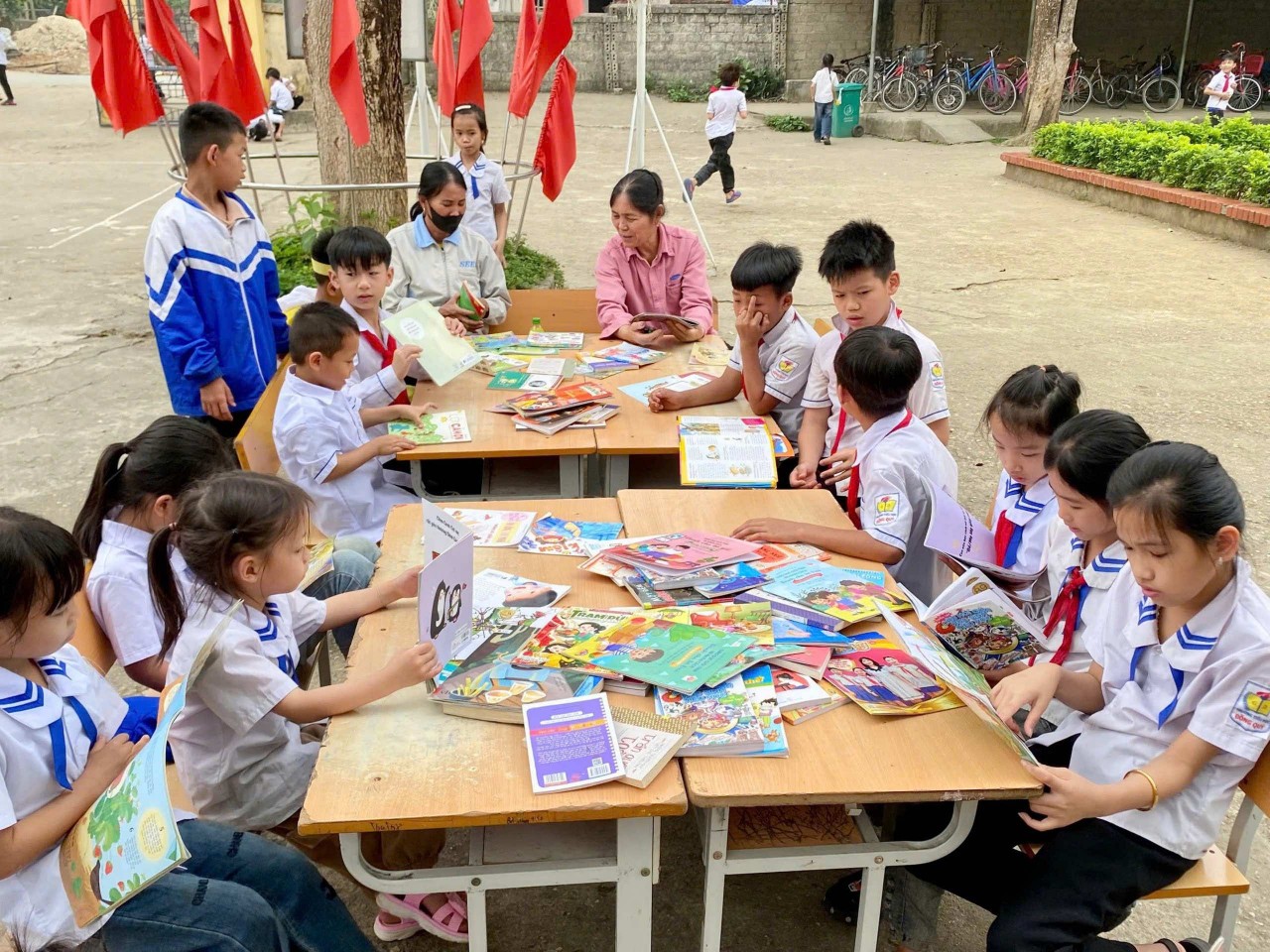 Viet's Home
Viet's Home



